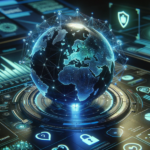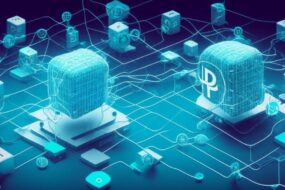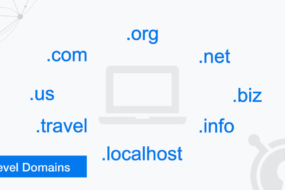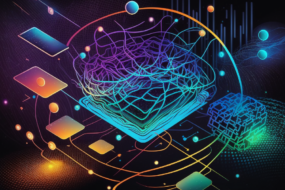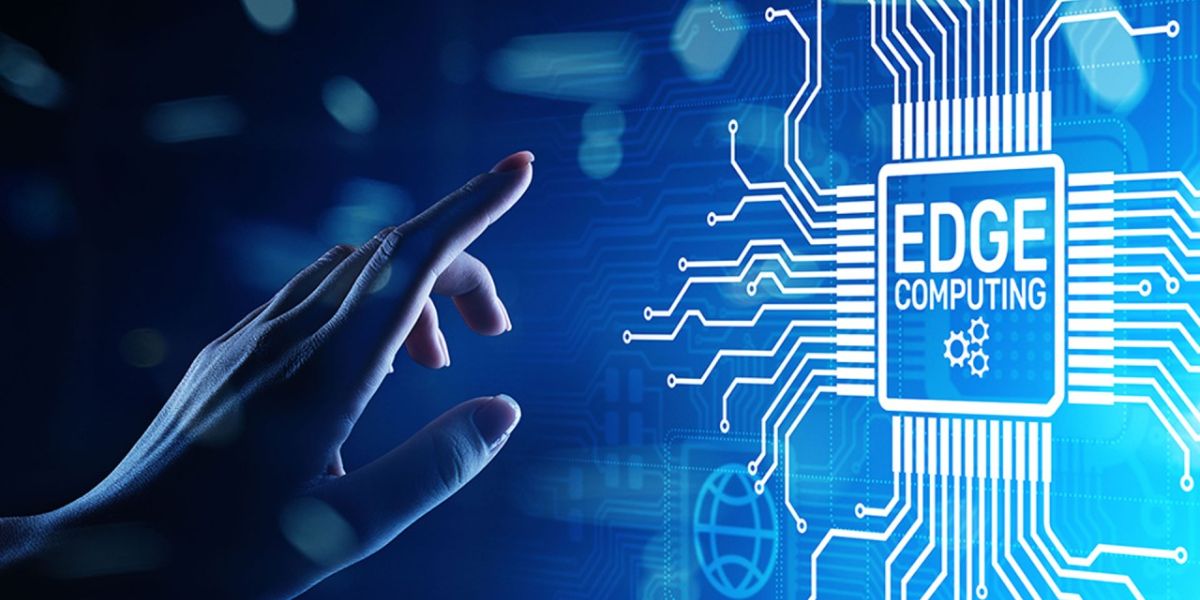
In the ever-evolving realm of technology, a paradigm shift is occurring, and it goes by the name of Edge Computing. This transformative approach to data processing is reshaping the digital landscape, offering unprecedented speed and efficiency. As we navigate through this comprehensive exploration of Edge Computing, we’ll delve into its nuances and unveil its impact on the way we perceive and interact with the digital world.
Understanding Edge Computing
Edge Computing, often dubbed as the next frontier in data processing, involves decentralizing computing resources. Unlike traditional cloud computing, where data travels to centralized servers, Edge Computing brings the processing closer to the data source. This proximity reduces latency, enhancing real-time applications and services.
In this decentralized architecture, small data centers, known as edges, are strategically placed closer to end-users or IoT devices. This strategic placement empowers industries like healthcare, finance, and manufacturing by enabling faster decision-making and seamless user experiences.
Key Components of Edge Computing
To comprehend the intricacies of Edge Computing, let’s break down its key components:
Edge Devices
These are the endpoints where data is generated, including IoT devices, sensors, and smartphones. Edge devices play a pivotal role in initiating the data processing journey.
Edge Nodes
Strategic points that act as intermediaries between edge devices and centralized cloud servers. Edge nodes efficiently process data in proximity to the source.
Edge Servers
Compact data centers that handle localized processing, reducing the need for data to travel long distances. Edge servers enhance scalability and minimize network congestion.
Edge Cloud
A distributed cloud computing paradigm that extends cloud services to the edge of the network. This fosters agility and responsiveness in delivering applications and services.
Why Edge Computing Matters
The significance of Edge Computing lies in its ability to address critical challenges faced by traditional cloud computing:
Latency Reduction: By processing data closer to the source, Edge Computing minimizes latency, ensuring swift responses in real-time applications.
Bandwidth Efficiency: Edge Computing optimizes bandwidth usage, reducing the strain on network infrastructure and enhancing overall efficiency.
Enhanced Security: Localized data processing enhances security by reducing exposure to potential threats during data transit.
Impact Across Industries
Edge Computing isn’t confined to a specific sector; its influence spans various industries:
Healthcare
In healthcare, Edge Computing facilitates real-time monitoring of patients, enabling prompt decision-making and personalized care.
Manufacturing
Edge Computing revolutionizes manufacturing by enabling predictive maintenance, reducing downtime, and optimizing production processes.
Retail
The retail sector benefits from Edge Computing’s ability to analyze customer behavior in-store, enhancing personalized shopping experiences.
Challenges and Future Outlook
While Edge Computing offers groundbreaking advantages, challenges such as standardization, security concerns, and interoperability need addressing. Looking ahead, the future promises advancements in Edge AI and 5G connectivity, further amplifying the capabilities of Edge Computing.
Final Words
As we traverse the landscape of Edge Computing, the transformative power it holds becomes evident. From revolutionizing healthcare to optimizing manufacturing processes, Edge Computing is at the forefront of reshaping our digital experience. Embrace the shift, for the future is defined by the seamless integration of Edge Computing into our technological tapestry.
Commonly Asked Questions
1. How does Edge Computing differ from Cloud Computing?
Edge Computing processes data closer to the source (edge devices), minimizing latency, while Cloud Computing relies on centralized servers.
2. What industries benefit the most from Edge Computing?
Healthcare, manufacturing, and retail are among the industries reaping significant benefits from the localized processing offered by Edge Computing.
3. Are there security concerns with Edge Computing?
While Edge Computing enhances security by reducing data transit, challenges related to securing distributed systems and devices persist.
4. How does Edge Computing impact IoT applications?
Edge Computing enhances IoT applications by providing real-time processing capabilities, reducing dependence on centralized servers.
5. What advancements can we expect in Edge Computing’s future?
The future of Edge Computing holds promises of advancements in Edge AI, 5G connectivity, and addressing challenges related to standardization and interoperability.
Advertisement



